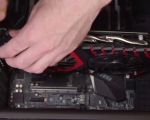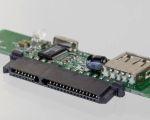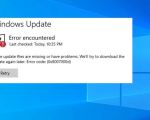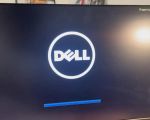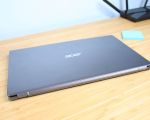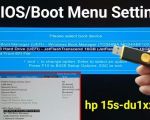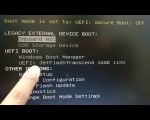How to Create a MacBook Air Boot USB for a Clean Installation
If you are looking to install a fresh version of macOS on your MacBook Air, creating a bootable USB drive is one of the most reliable ways to do so. Whether you want to troubleshoot your system, perform a clean installation, or simply upgrade to the latest macOS version, a bootable USB drive can make the process significantly easier. In this article, we’ll walk you through how to create a MacBook Air boot USB, step-by-step, to help you get your MacBook Air back in top shape.
- 1. Preparing Your MacBook Air and USB Drive
- 2. Downloading macOS from the Mac App Store
- 3. Creating the Bootable USB Drive Using Terminal
- 4. Booting Your MacBook Air from the USB Drive
- 5. Troubleshooting Boot USB Issues
1. Preparing Your MacBook Air and USB Drive
Before you start, ensure that you have the right tools for the job. You’ll need a MacBook Air, a reliable USB drive with at least 16GB of storage, and an active internet connection to download macOS. It’s also recommended that you back up your data to avoid any loss during the installation process.
Once your MacBook Air is ready, plug in your USB drive. Note that this drive will be completely erased during the process, so make sure any important data is backed up elsewhere.

Car Toys
2859 35th Ave, Greeley, CO 80634, USA
2. Downloading macOS from the Mac App Store
The next step is to download the macOS installer from the Mac App Store. Open the App Store on your MacBook Air and search for the version of macOS you want to install. You can download the latest version or go for an older one if needed. Once you find it, click on the "Get" button to begin the download process.
The installer will be saved to your Applications folder once the download is complete. You’ll need this installer to create the bootable USB drive, so make sure it finishes before moving on.
3. Creating the Bootable USB Drive Using Terminal
Now that you have the installer and a USB drive ready, it’s time to create the bootable USB. You’ll use the Terminal application to do this. Open Terminal (Applications > Utilities > Terminal) and type in the following command:
sudo /Applications/Install macOS [Version Name].app/Contents/Resources/createinstallmedia --volume /Volumes/MyVolume --nointeraction
Replace "[Version Name]" with the specific version of macOS you've downloaded, and "MyVolume" with the name of your USB drive. After entering the command, press Enter, and the Terminal will ask for your administrator password.
Once you've entered the password, Terminal will begin creating the bootable USB. This process might take some time depending on the speed of your USB drive. Make sure not to interrupt the process, as it can cause issues with the drive.
4. Booting Your MacBook Air from the USB Drive
With the bootable USB drive ready, it’s time to boot your MacBook Air from it. To do so, restart your MacBook Air and immediately hold down the Option (Alt) key while it boots. This will bring up the boot options, allowing you to select the USB drive as your startup disk.
Once you select the USB drive, the macOS installation process will begin. You can now proceed with installing macOS on your MacBook Air. If you are doing a clean install, you’ll need to choose to erase the current system before starting the installation.
5. Troubleshooting Boot USB Issues
Creating a MacBook Air boot USB isn’t always flawless. Some common issues include the USB drive not appearing as a boot option or installation errors. If you encounter these problems, make sure the USB drive is correctly formatted and contains the full macOS installer. You can also try reformatting the drive or downloading the macOS installer again from the App Store.
If problems persist, it might be useful to check if your MacBook Air is compatible with the version of macOS you are trying to install. Sometimes, older Macs might not support newer versions of macOS.
Are you ready to get your MacBook Air back in shape with a fresh macOS installation? If you’re in need of high-quality, reliable tools for your device, check out the latest products at Ninja Stik.













